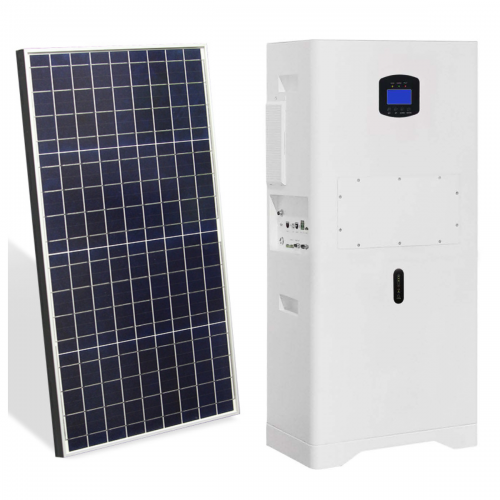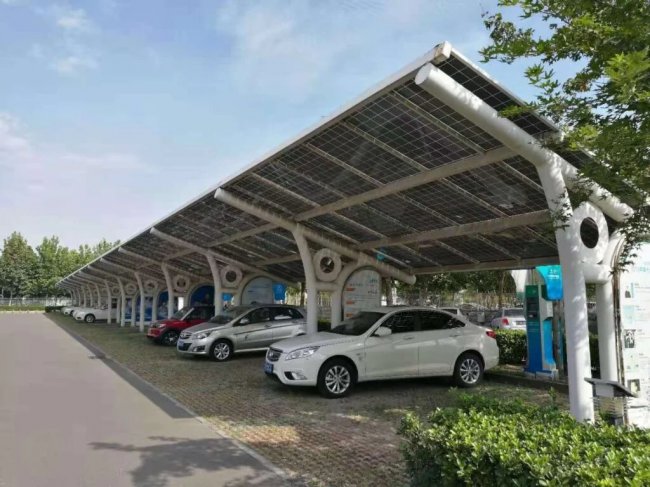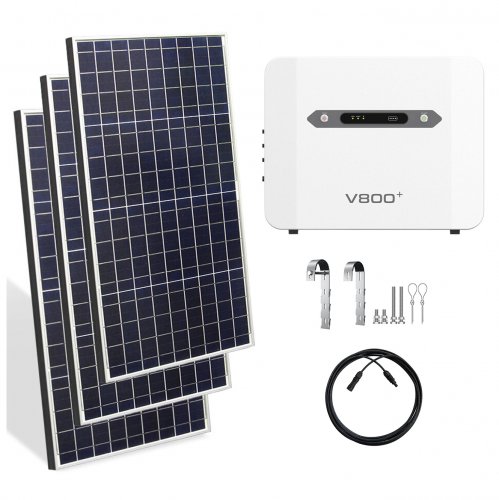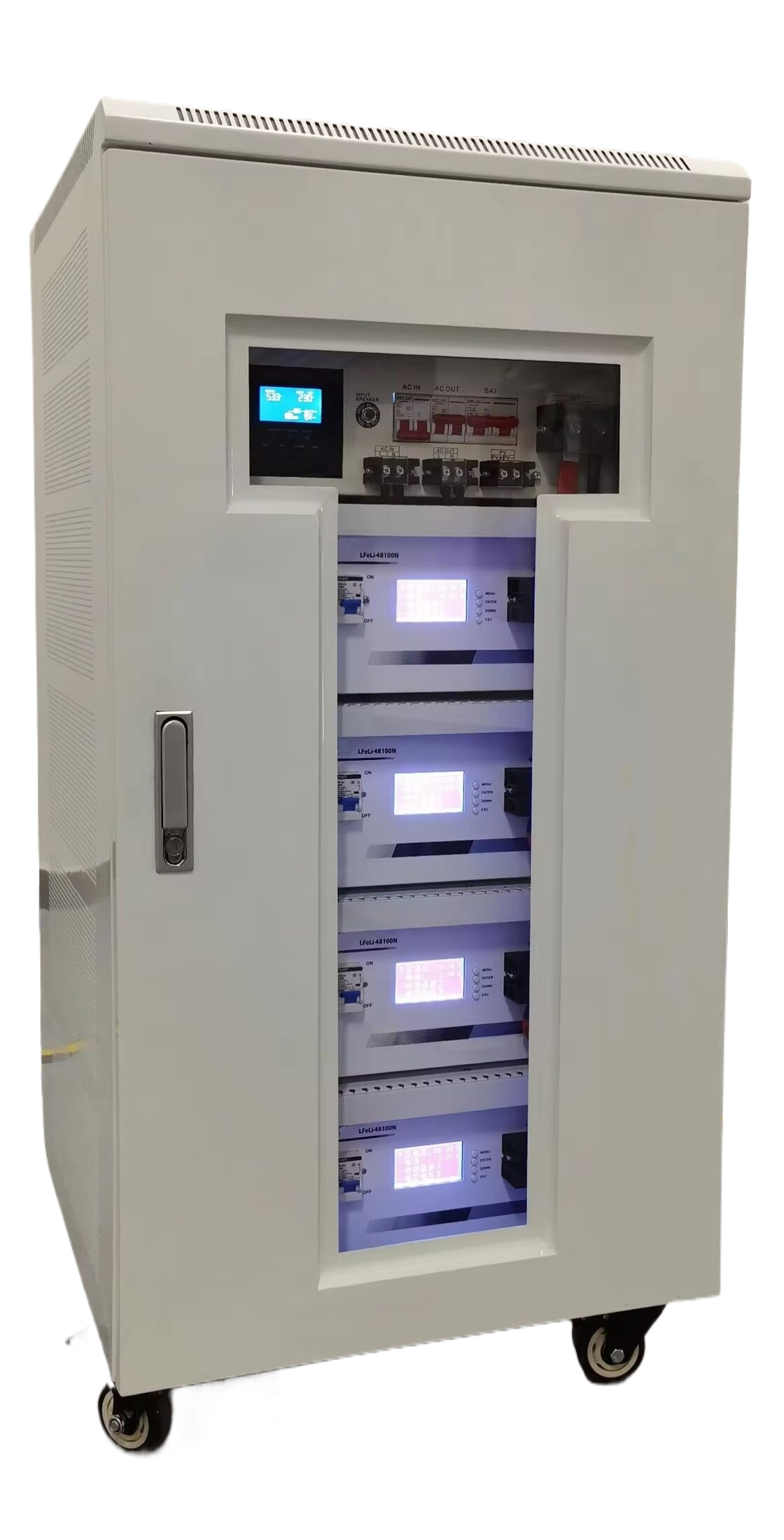How To Use Handling Precautions: A Practical Guide For Safety And Efficiency
Handling precautions are fundamental protocols designed to protect both the user and the equipment or materials being handled. Whether you are dealing with sensitive electronics, hazardous chemicals, fragile items, or heavy machinery, adhering to proper handling procedures is non-negotiable. This guide provides a comprehensive framework for implementing effective handling precautions, ensuring safety, longevity, and optimal performance.
Understanding the Core Principles
Before diving into specific steps, it's crucial to internalize the three pillars of handling precautions:
1. Prevention: The primary goal is to prevent accidents, damage, and contamination. This is a proactive, not reactive, approach. 2. Protection: Precautions must protect the operator, colleagues, the product, and the environment. 3. Preparation: Proper handling begins long before physical contact is made, through education, planning, and gathering the right tools.
Step-by-Step Implementation of Handling Precautions
Phase 1: Pre-Handling Preparation
1. Know What You Are Handling: The single most important step is to read and understand the relevant Safety Data Sheets (SDS), user manuals, or technical specifications. Identify specific hazards (e.g., electrostatic discharge (ESD) sensitivity, toxicity, flammability, weight, fragility). 2. Perform a Risk Assessment: Briefly assess the task. What could go wrong? What are the potential consequences? This mental exercise helps you identify the necessary precautions. 3. Gather Personal Protective Equipment (PPE): Based on your assessment, select and don the appropriate PPE. This may include:Gloves: Cut-resistant, chemical-resistant, nitrile (for ESD and contamination control), or heat-resistant.Safety Glasses/Goggles: To protect from splashes, flying debris, or dust.Lab Coat or Apron: For protection against chemicals and contamination.Steel-Toe Boots: For handling heavy objects.ESD Smock and Wrist Strap: For handling sensitive electronic components. 4. Prepare the Environment: Ensure your workspace is clean, well-lit, and uncluttered. For ESD work, use a grounded workstation. For chemical handling, ensure ventilation is adequate and spill kits are accessible. Clear the path you will use to transport the item. 5. Inspect Tools and Equipment: Check that lifting equipment, carts, tools, and containers are in good working order and free from defects.
Phase 2: During Handling Execution
1. Practice Safe Lifting Techniques: For heavy objects, bend at the knees, not the waist. Keep your back straight and the load close to your body. Get help for loads that are too heavy or awkward to lift alone. Never twist your torso while lifting. 2. Ensure Secure Grip and Stability: Ensure your hands are clean and dry. Use both hands to handle objects. For slippery or hot items, use gloves designed for that purpose. When carrying, make sure the item is stable and balanced. 3. Mind Your Surroundings: Be aware of people, obstacles, and changes in floor level. Use designated walkways. Communicate your movements to those around you, especially when moving large items. 4. Follow Specific Material Guidelines:Electronics: Always wear an ESD wrist strap connected to a grounded point. Handle circuit boards by the edges, avoiding contact with components and connectors.Chemicals: Work in a fume hood if required. Use secondary containers to prevent spills during transport. Know the location of emergency showers and eye wash stations.Glassware and Fragile Items: Support the item from underneath. Avoid placing excessive pressure on any single point. 5. Use Mechanical Aids: Don't be a hero. Use hand trucks, forklifts, pushcarts, or hoists for heavy or numerous items. Ensure you are trained to operate this equipment.
Phase 3: Post-Handling Protocol
1. Secure the Item: Once moved, ensure the item is placed in a stable, secure, and designated location. For hazardous materials, ensure they are stored according to regulations (e.g., in a flammable cabinet). 2. Clean Up: Dispose of any packaging materials or waste properly. Clean your tools and work area. For chemical spills, follow the prescribed cleanup procedure immediately using the appropriate spill kit. 3. Store PPE and Equipment: Properly store your PPE and handling equipment so they are ready for next use. Inspect them for damage and report any issues.
Essential Tips and Practical AdviceAssume Everything is Sensitive: Cultivate a habit of careful handling, even if an item seems robust. This mindset prevents complacency.Temperature Matters: Be cautious when handling items that may be very hot or very cold from previous processes. Allow them to reach a safe temperature or use appropriate thermal gloves.Label Everything: Clearly label all containers, especially those holding chemicals or mixed parts. This is a critical precaution for everyone's safety.Never Bypass Safety Features: Do not remove machine guards, disable alarm systems, or cut corners to save time. These features exist for a reason.Ergonomics is Key: Repetitive handling of even light objects can cause strain. Adjust workstations to minimize reaching, bending, and twisting. Take short breaks to stretch.
Critical Handling Precautions and WarningsNever handle unfamiliar equipment or materials without first receiving proper training.Do not use damaged or malfunctioning tools, lifting equipment, or containers.Avoid horseplay or distractions in handling areas. A moment of inattention can cause severe injury.If you are unsure about any aspect of the handling process, STOP and ask a supervisor for clarification.Always have an emergency plan. Know the procedures for fire, spill, injury, or exposure before you begin work.
In conclusion, handling precautions are a systematic approach to safety and quality control. By rigorously following these steps—preparation, careful execution, and post-handling care—you create a culture of responsibility that minimizes risk, prevents damage, and ensures that every task is completed efficiently and safely. Make these precautions an inseparable part of your standard operating procedure.
Customized/OEM/ODM Service
HomSolar Supports Lifepo4 battery pack customization/OEM/ODM service, welcome to contact us and tell us your needs.


HomSolar: Your One-stop LiFePO4 Battery Pack & ESS Solution Manufacturer
Our line of LiFePO4 (LFP) batteries offer a solution to demanding applications that require a lighter weight, longer life, and higher capacity battery. Features include advanced battery management systems (BMS), Bluetooth® communication and active intelligent monitoring.

Customised Lithium Iron Phosphate Battery Casing
ABS plastic housing, aluminium housing, stainless steel housing and iron housing are available, and can also be designed and customised according to your needs.

HomSolar Smart BMS
Intelligent Battery Management System for HomSolar Energy Storage System. Bluetooth, temperature sensor, LCD display, CAN interface, UART interface also available.


Terminals & Plugs Can Be Customized
A wide range of terminals and plugs can be customised to suit the application needs of your battery products.

Well-designed Solutions for Energy Storage Systems
We will design the perfect energy storage system solution according to your needs, so that you can easily solve the specific industry applications of battery products.



About Our Battery Cells
Our energy storage system products use brand new grade A LiFePO4 cells with a battery lifespan of more than 4,000 charge/discharge cycles.



Applications in Different Industries
We supply customized & OEM battery pack, assemble cells with wiring, fuse and plastic cover, all the cell wires connected to PCB plug or built BMS.
Applications: E-bike, Electric Scooter, Golf Carts, RV, Electric Wheelchair, Electric Tools, Robot Cleaner, Robot Sweeper, Solar Energy Storage System, Emergency Light, Solar Power Light, Medical Equipment, UPS Backup Power Supply.
We can provide you with customized services. We have the ability to provide a vertical supply chain, from single cells to pack/module and to a complete power solution with BMS, etc.


HomSolar (Shenzhen) Technology Co., Ltd
























